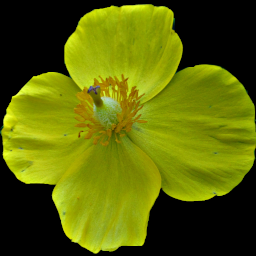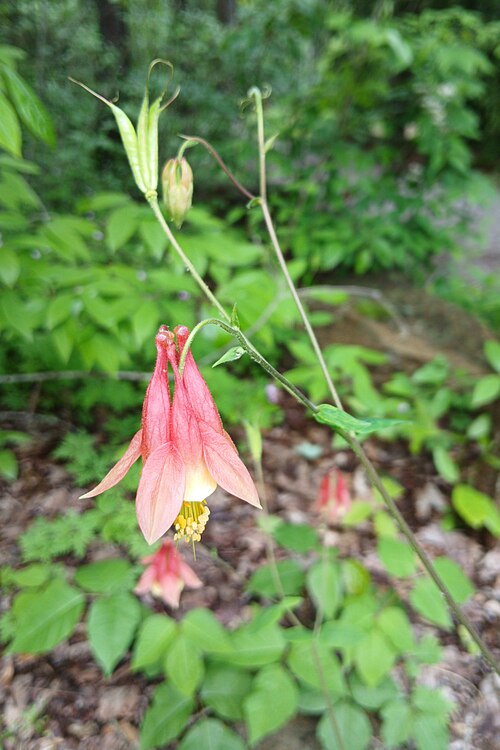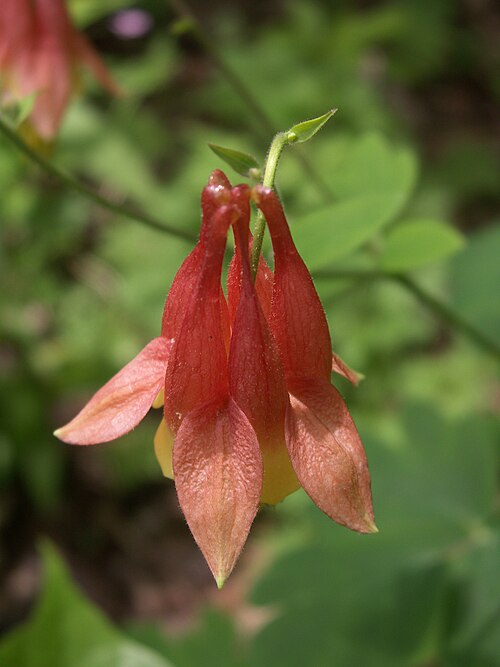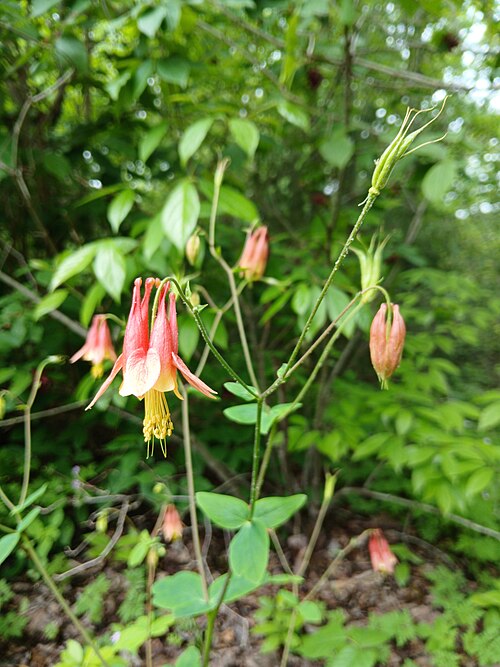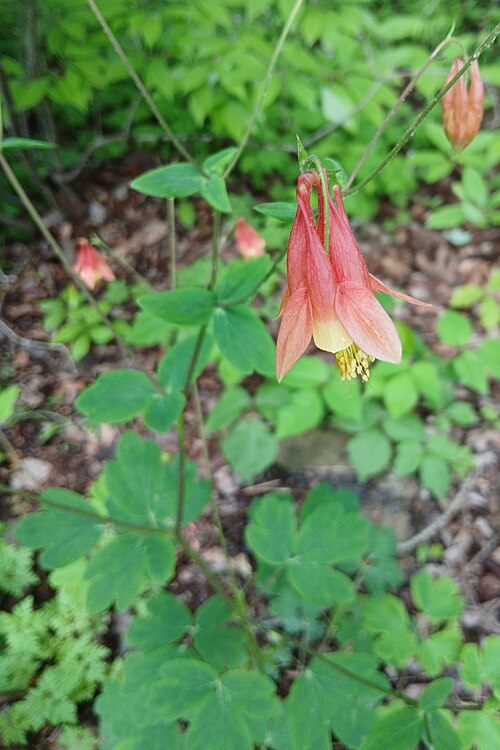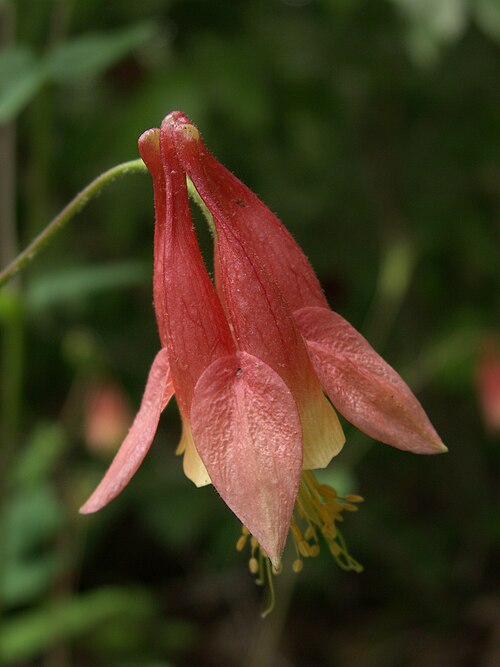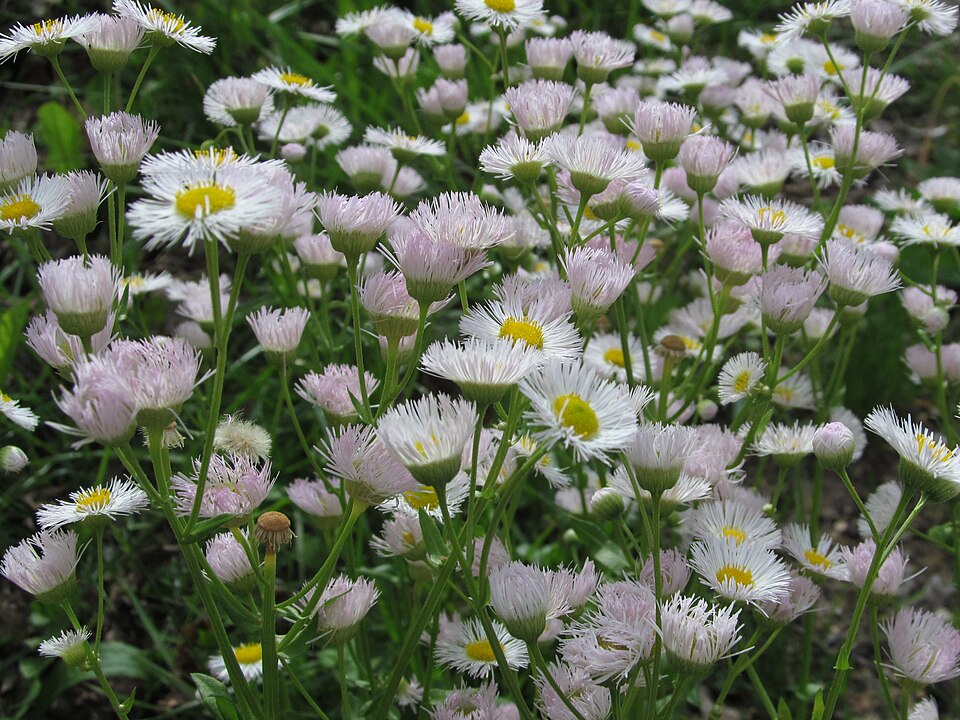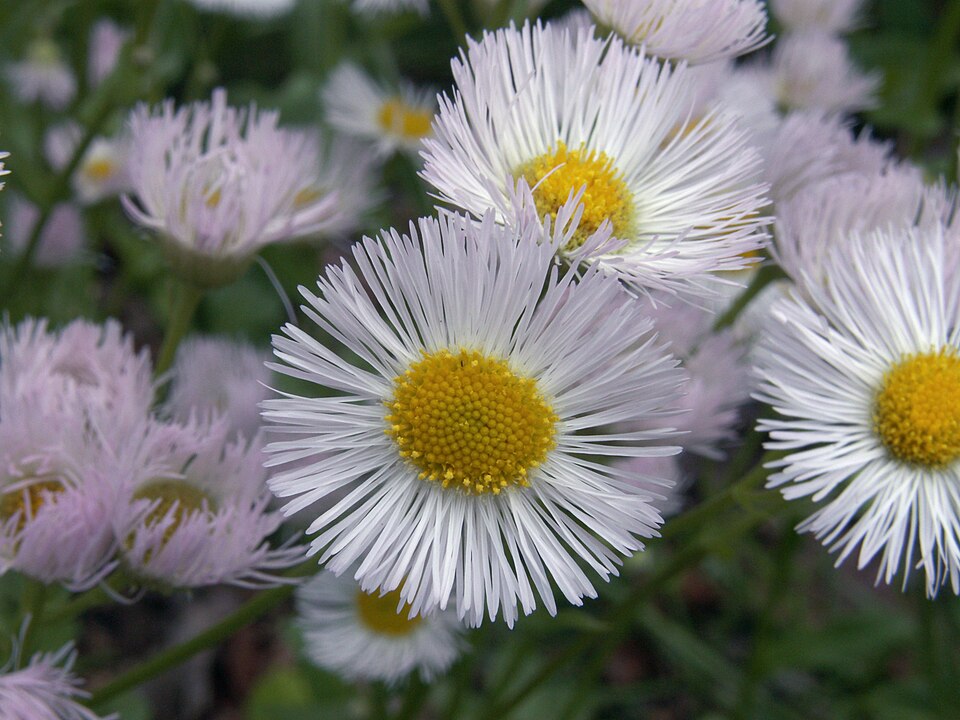
Also known as Carolina Allspice. Not listed in the Check List of the Vascular Flora of Allegheny County, Pennsylvania or in the Additions to that list, but the USDA PLANTS Database records Calycanthus floridus in Allegheny, Armstrong, Westmoreland, and Fayette Counties. This bush was growing at the edge of the woods on the grounds of Fallingwater in Mill Run. There is nothing else around here like it; when it is in bloom, the large maroon flowers are unmistakable.
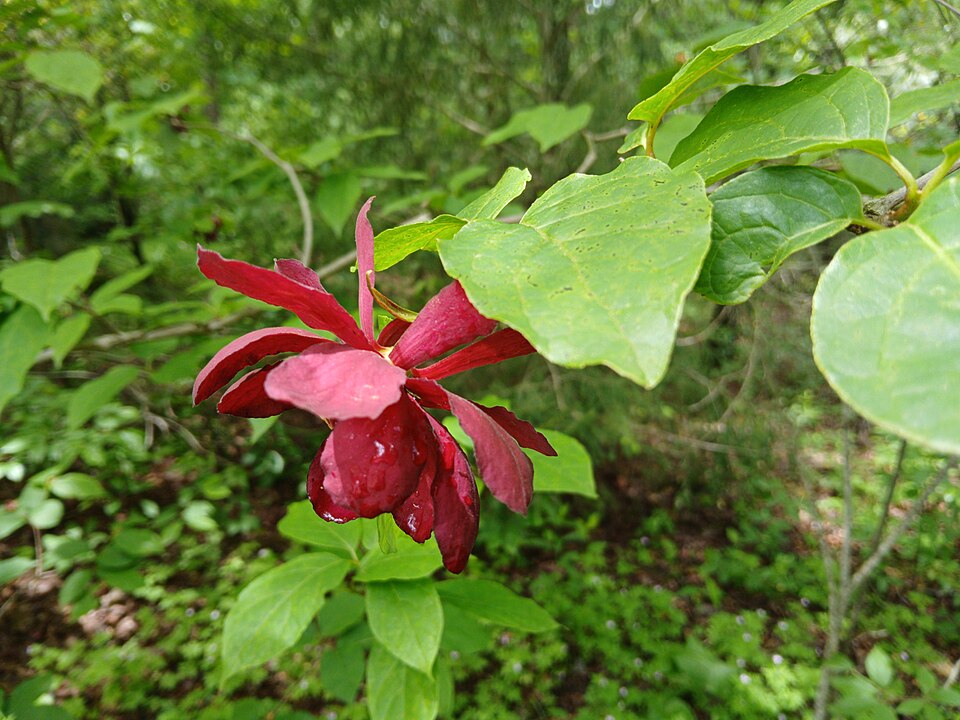

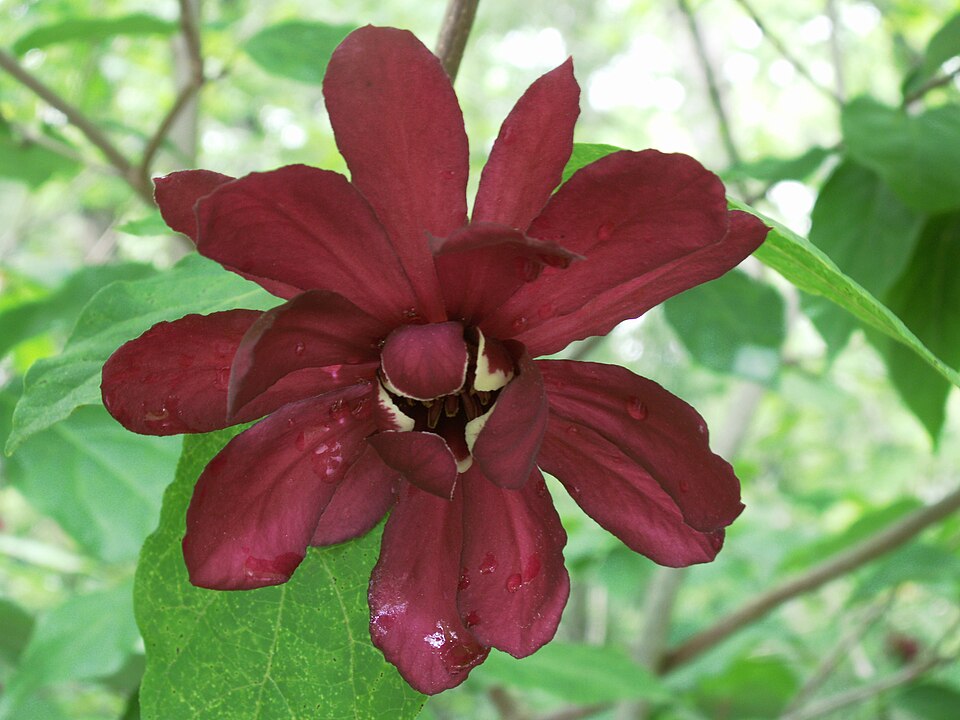
Gray (revised by Fernald) describes the genus and the species:
CALYCANTHUS L. Carolina Allspice. Calyx of many sepals united below into a fleshy inversely conical cup (with some leaf-like bractlets growing from it); the lobes lanceolate, mostly colored like the petals, which are similar, in many rows, thickish and inserted on the top of the closed calyx-tube. Stamens numerous, inserted just within the petals, short; some of the inner ones sterile (destitute of anthers). Pistils several or many, inclosed in the calyx-tube, inserted on its base and inner face. — Aromatic shrubs of e. N. Am. and e. Asia, with brownish-maroon flowers terminating leafy shoots. (Name composed of the Greek calyx, a cup or calyx, and anthos, flower.) Butneria Duham.
C. floridus L. (flowering). — Leaves oval, soft-downy underneath; flowers when crushed yielding strong fragrance suggesting strawberries. (Butneria Kearney) — Rich woods, Fla. to Miss., n. to Va. and W.Va. Apr.-Aug. — Cult. northw.

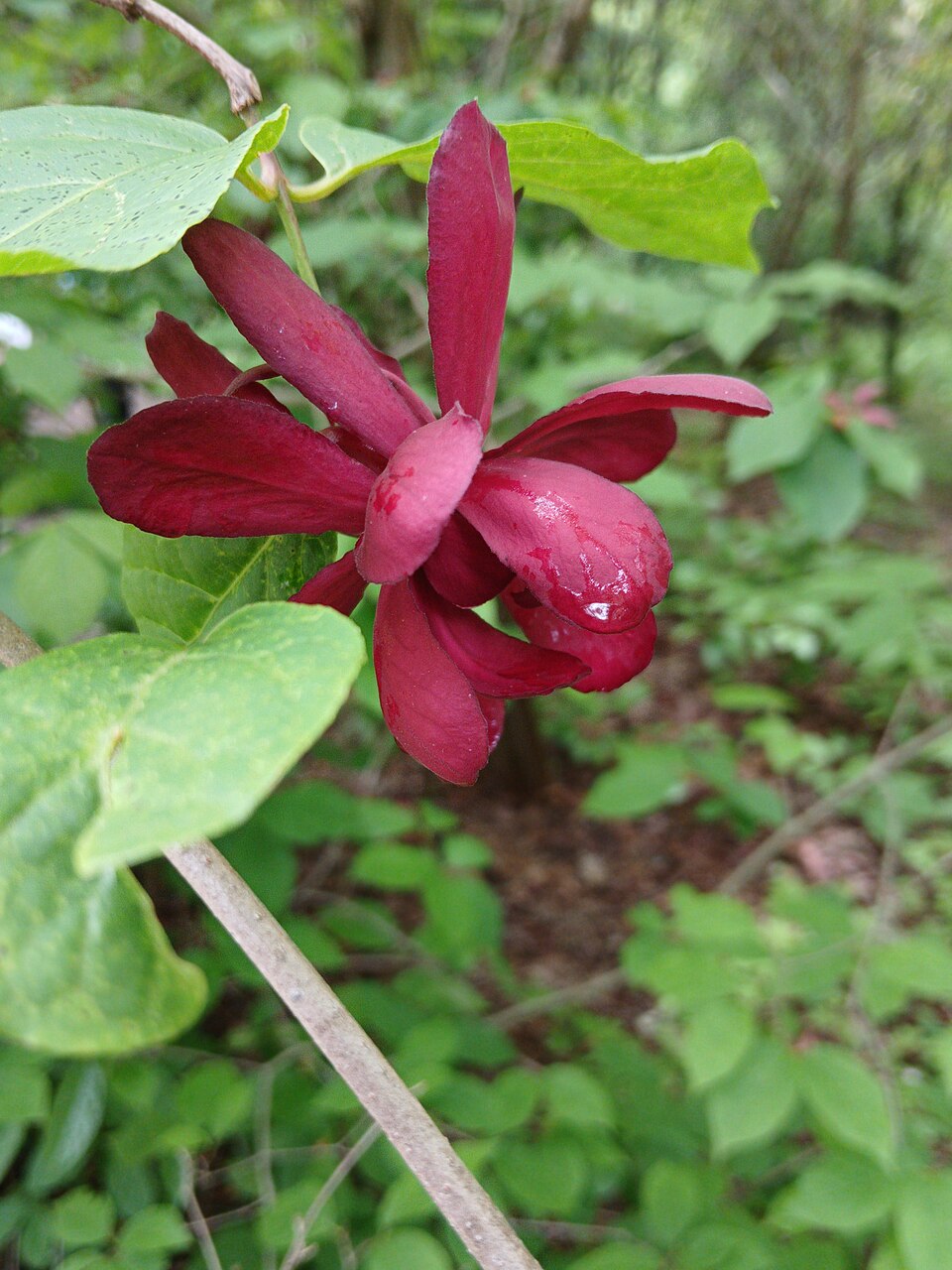

Comments
